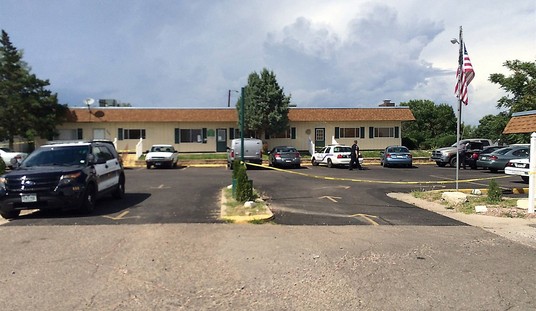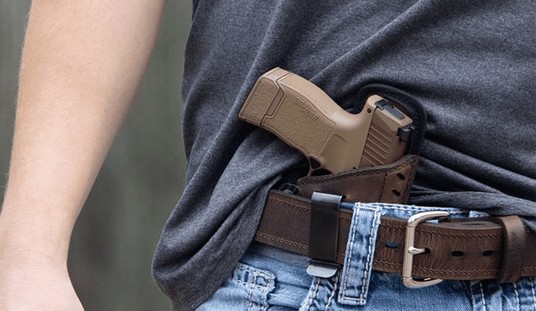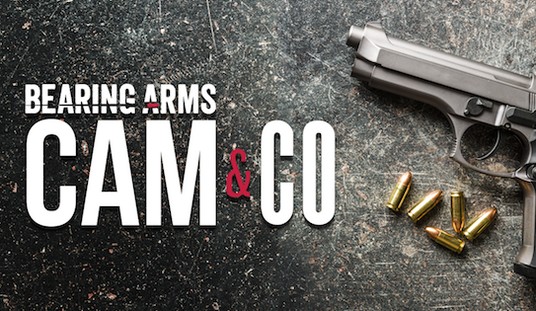Baltimore, Maryland reached a grim milestone on Thursday, as the murders of two individuals brought the city’s year-to-date homicide totals to 300 for the fifth year in a row.
Several Southwest Baltimore neighbors began their Thursday morning with a visit to the South Monroe Grocery store and more bad news.
The lingering scent of bleach and a police presence outside the corner store signaled to patrons that another homicide had occurred. The officers soon placed a call to the fire department to wash the remaining flecks of blood from the pavement.
Hours earlier, a man and a woman were fatally shot on the sidewalk there — the 299th and 300th individuals killed in Baltimore in 2019.
Their deaths marked the city’s fifth consecutive year with at least 300 homicides. The staggering total has become an unofficial milestone in Baltimore’s annual struggle to quell the deadly violence.
While the Baltimore Sun notes that the city’s homicide rate has topped 300 every year since 2014, the paper fails to note that the continued rise in homicides started after lawmakers approved a sweeping gun control bill in 2013 called the Maryland Firearms Safety Act. At the time of its passage, supporters, including then-governor Martin O’Malley, swore the new gun laws were going to make the state a safer place.
“With today’s vote, Maryland has chosen to enact a comprehensive, common sense approach to licensing and gun safety, a ban on the sale of military-style assault weapons and high capacity magazines, and meaningful improvements to mental health treatment and data-sharing – striking a balance between protecting the safety of law enforcement and our children, and respecting the traditions of hunters and law-abiding citizens to purchase handguns for self-protection,” said O’Malley. “We appreciate the hard work of Senate President Miller, Speaker Busch, floor leaders Senator Brian Frosh and Delegate Kathleen Dumais, and members of the General Assembly. Together, with a strong coalition of advocates, and the people of Maryland who overwhelmingly support policies to reduce gun violence, we’ve chosen to take action by advancing the strategies that work to save lives.”
Here we are six years later, and the state’s homicide rate has jumped from 6.5 per 100,000 in 2013 to 8.1 per 100,000 people in 2018. Far from saving lives, the gun control strategy has led to more restrictions on legal gun owners, while Baltimore’s street criminals have continued to turn their neighborhoods into war zones.
Anti-gun politicians don’t want to talk about the failures of Maryland’s gun control laws, and the state’s media outlets seem strangely uninterested in digging into the fact that Baltimore’s murder rates have skyrocketed since the passage of the Firearms Safety Act as well. Even researchers at Baltimore’s Johns Hopkins Bloomberg School of Public Health have largely ignored the failed gun laws in their own backyard while pushing for similar policies across the country. It’s almost like it’s taboo to bring up the subject for some reason.
Just as the California model of gun control has failed to prevent active assailant attacks in public, the Maryland model of gun control has failed to quell the gang violence in Baltimore. If gun control advocates could admit their failure, we could start working on policies that do work, but sadly, for too many of these activists and anti-gun politicians cracking down on Americans exercising their Second Amendment rights seems far more important than effective strategies to make cities (and schools) safer.









Join the conversation as a VIP Member